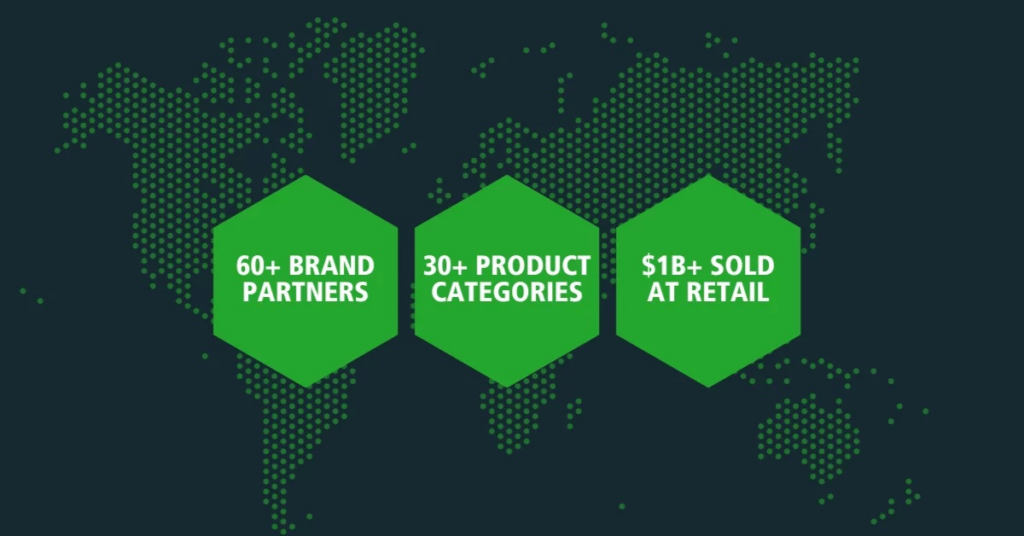
CELLIANT Expands Into Wholesale Distribution for New Infrared Dream Pillow
July 25, 2025 – On the heels of an outstanding product launch, CELLIANT, a global leader in infrared (IR) wellness technology, is excited to bring The Infrared Dream Pillow Powered to the wholesale distribution space…





